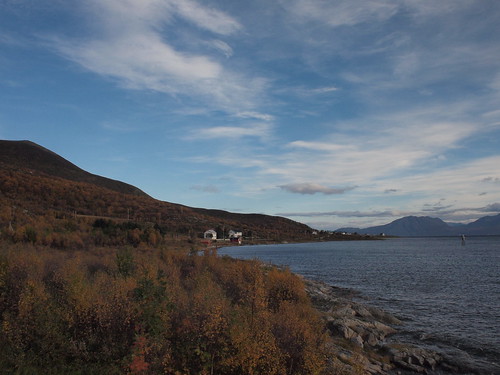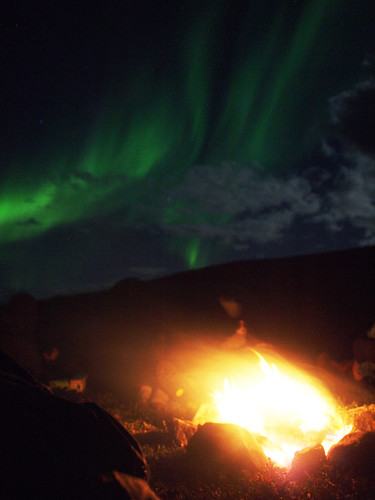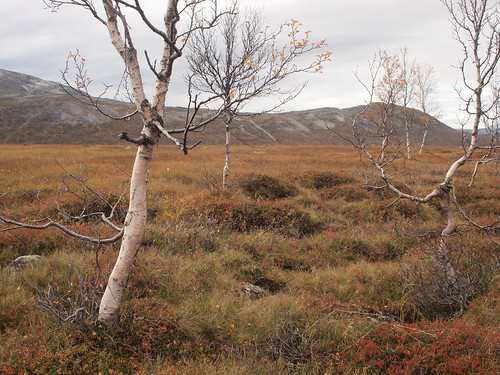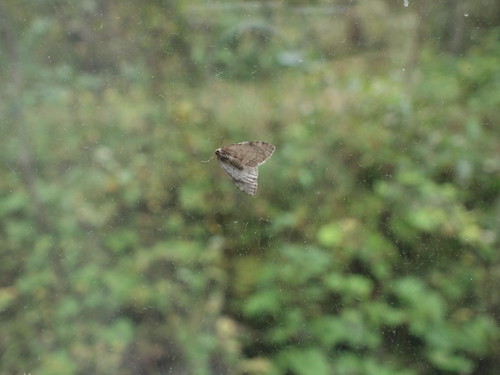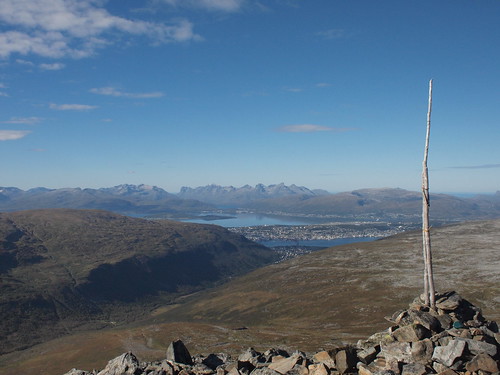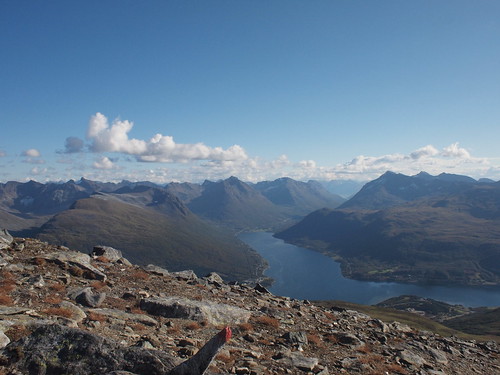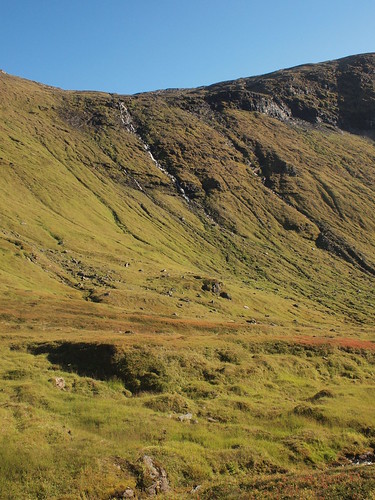 The Sign-Post
The Sign-Post
The dim sea glints chill. The white sun is shy,
And the skeleton weeds and the never-dry,
Rough, long grasses keep white with frost
At the hilltop by the finger-post;
The smoke of the traveller’s-joy is puffed
Over hawthorn berry and hazel tuft.
I read the sign. Which way shall I go?
A voice says: You would not have doubted so
At twenty. Another voice gentle with scorn
Says: At twenty you wished you had never been born.
One hazel lost a leaf of gold
From a tuft at the tip, when the first voice told
The other he wished to know what ’twould be
To be sixty by this same post. “You shall see,”
He laughed—and I had to join his laughter—
“You shall see; but either before or after,
Whatever happens, it must befall,
A mouthful of earth to remedy all
Regrets and wishes shall freely be given;
And if there be a flaw in that heaven
’Twill be freedom to wish, and your wish may be
To be here or anywhere talking to me,
No matter what the weather, on earth,
At any age between death and birth,
To see what day or night can be,
The sun and the frost, the land and the sea,
Summer, Autumn, Winter, Spring,—
With a poor man of any sort, down to a king,
Standing upright out in the air
Wondering where he shall journey, O where?”
-Edward Thomas, 1917
